United States President Joe Biden may only have another few months in the Oval Office, but he is absolutely determined to ensure that he leaves America better off than it was four years ago.
Biden believes wholeheartedly that one of the best ways to protect America and the rest of the world from the negative side effects of climate change is to transition the nation from gas-powered to all electric vehicles. And in order to make that happen, he has implemented what many are calling an EV mandate that states half of all new cars sold in the US will be zero-emission by 2030.
The Effects of Climate Change Are a Real Problem

The fact that planet Earth is in trouble is not new news; for years, scientists have understood that climate change is a very real problem. Experts say that, in addition to the horrifying side effects humans are seeing right now, the situation will only get worse unless the human race can find ways to reverse the issue and allow the Earth to return to its natural fluctuations.
Therefore, scientists and environmentalists around the world have urged not only people, but governments and corporations to make tangible and lasting changes now to save the planet from its seemingly inevitable destruction.
President Biden Has Dedicated His Presidency to Protecting the Planet
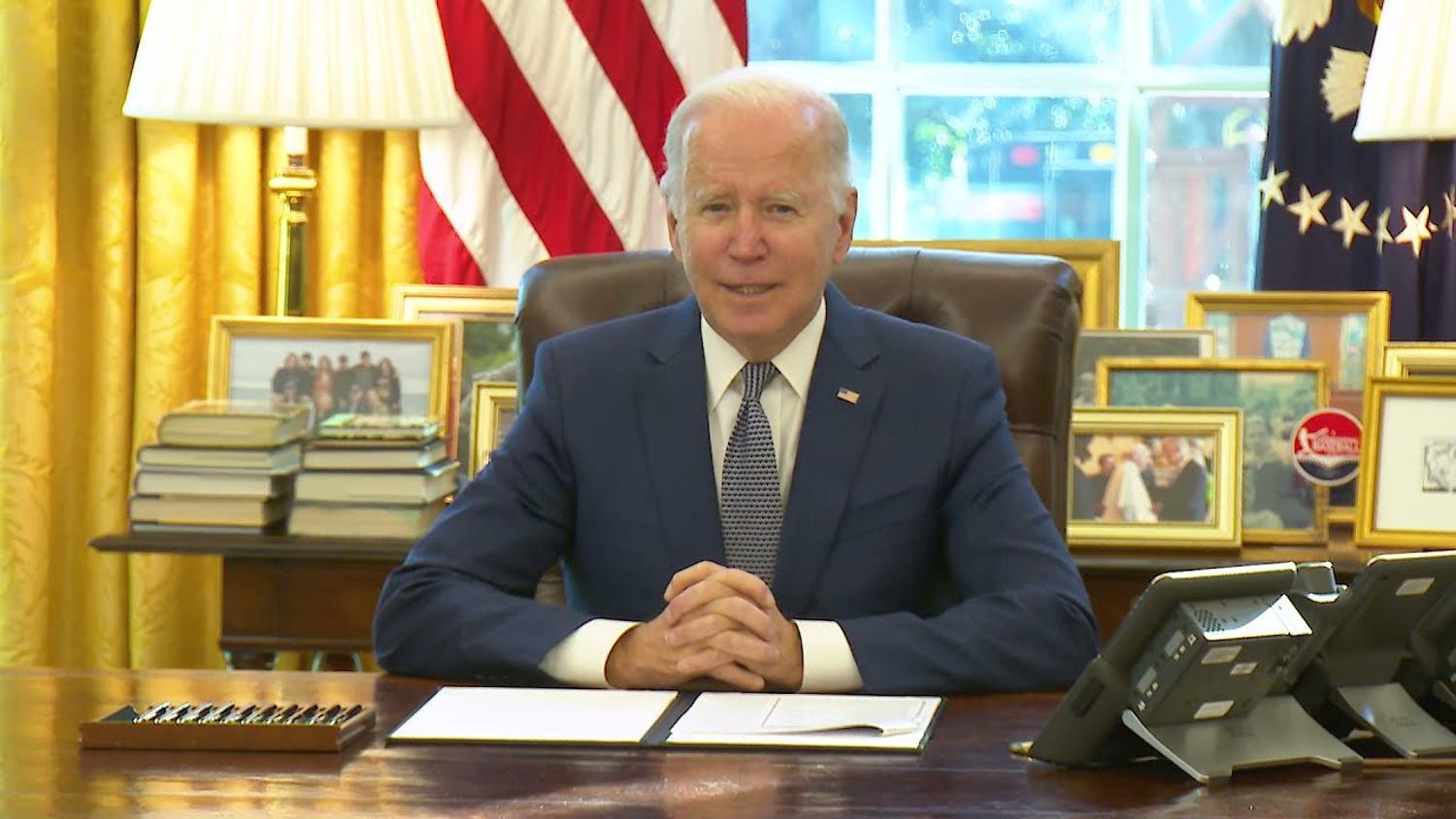
President Biden has taken this advice to heart and spent a great deal of time, energy, and money over his four years in the White House to transition America to green, sustainable energy sources.
One way in which Biden believes he and the US government will be able to help save the planet is by transitioning Americans from gas-powered vehicles to electric options.
How Can Electric Cars Help Save the Planet from Climate Change?

Biden’s belief that EVs could actually help save the planet is not just a wild idea, it’s based on tangible evidence collected by the US Environmental Protection Agency (EPA.)
The EPA has explained that 28% of all greenhouse gas emissions in the United States come from transportation, and 57% of all transportation emissions are released by passenger vehicles. That means that by eliminating gas-powered vehicles, the US could absolutely cut down on a significant amount of carbon emissions every year.
Biden’s Plan to Completely Transition America to EVs

With this information in mind, President Biden announced last year that he had plans to completely transition America from gas-powered cars to electric vehicles as soon as humanly possible.
However, his proclamation was met with an extreme amount of backlash from millions of Americans and the entire auto manufacturing industry.
At First, Biden Only Invested in EVs

At first, it seemed that the president was only planning on investing in the EV industry. In 2022, Biden announced he had created the Bipartisan Infrastructure Law and the Inflation Reduction Act, both of which included plans to invest billions of dollars into the EV market.
The White House reported, “The Bipartisan Infrastructure Law invests $7.5 billion to build a national network of 500,000 EV chargers so that charging EVs is predictable, reliable and accessible,” and “The Inflation Reduction Act provides incentives for buyers of new and used EVs, credits to help manufacturers retool existing facilities and build new manufacturing in the United States, and grants to deploy zero emission heavy-duty vehicles.”
Then, Biden Announced What Many Are Calling the EV Mandate
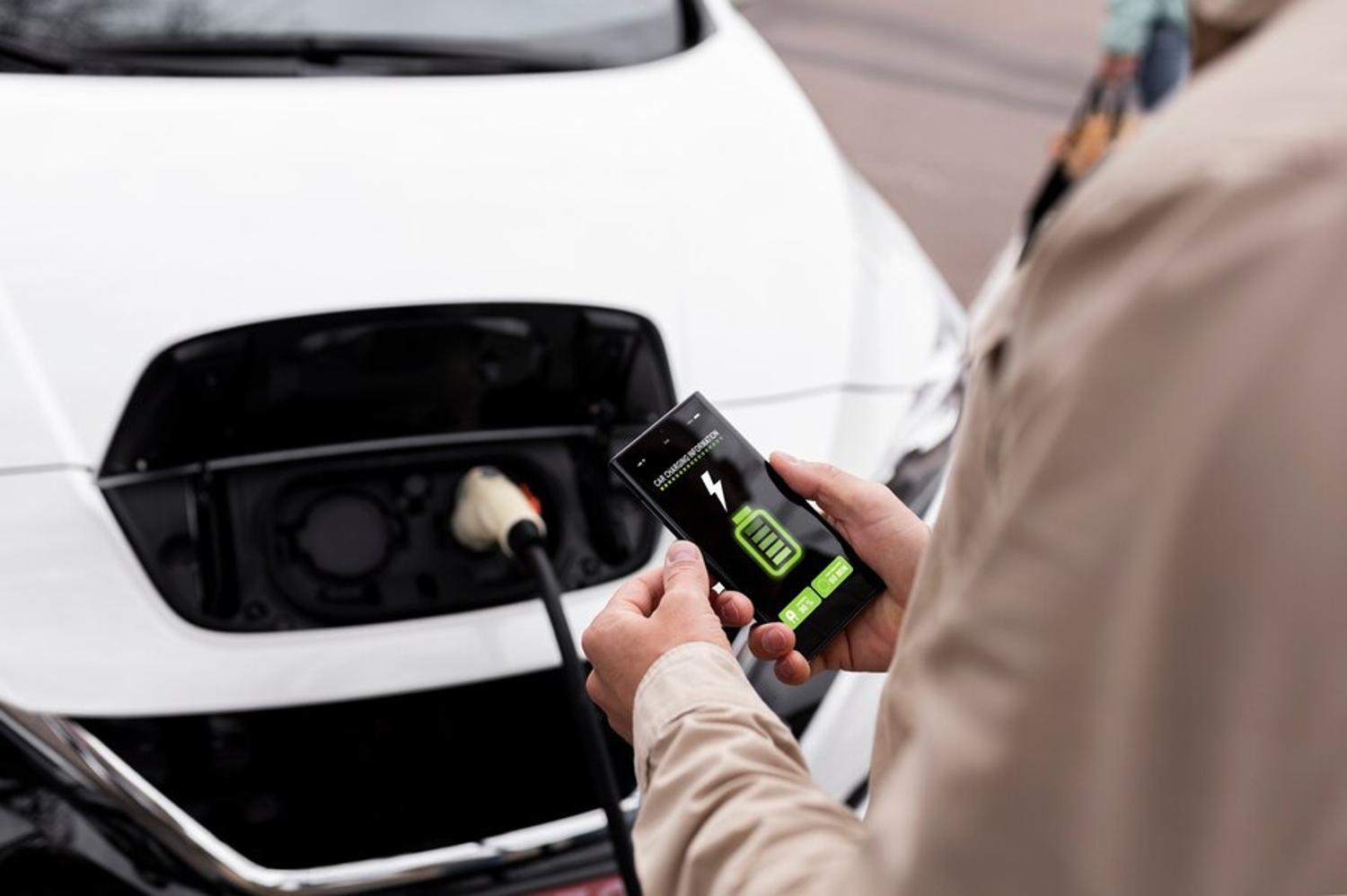
But within the year, Biden had made a very different announcement. In 2023, the president proclaimed that at least 50% of all vehicle sales in the United States will have to be electric by 2030.
While some Americans were thrilled with the president’s decision, millions of others immediately expressed concerns, specifically regarding the lack of infrastructure needed for such a transition and how this plan will affect the American auto industry and the economy as a whole.
Many Were Worried That Biden’s EV Plan Will Hurt the Auto Industry
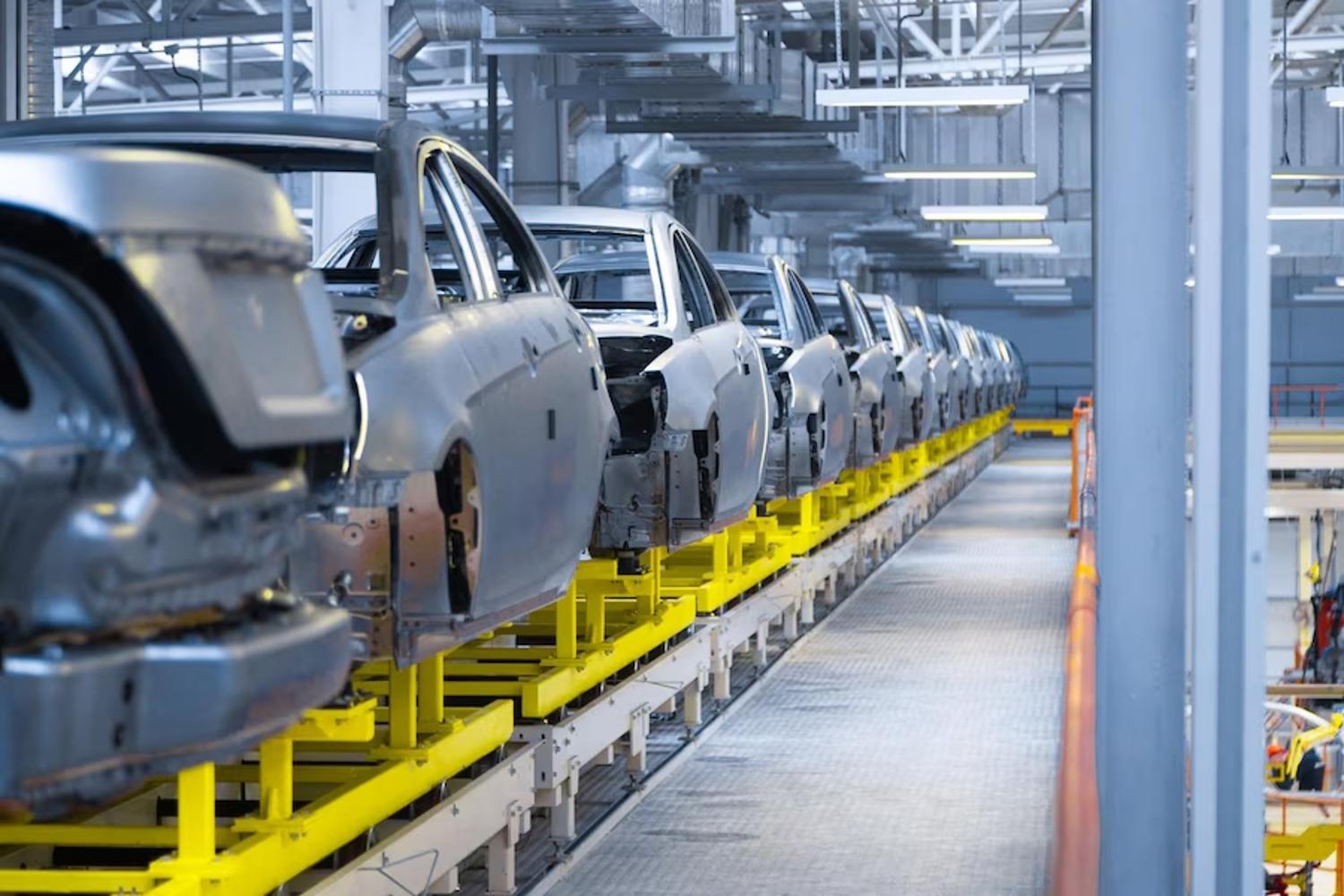
The auto manufacturing industry, unsurprisingly, was infuriated by Biden’s plan to make 50% of all vehicles sold in the US electric in just over five years. Over 150,000 Americans are employed by the auto industry, and if Biden’s plan goes ahead, they are worried thousands will lose their jobs.
Essentially, most American auto companies are not prepared to transition their plants from gas-powered to electric vehicles within the next few years. And as they legally won’t be allowed to make the cars they’ve been producing for years, they’ll have to lay off entire factories.
The American Economy Could Plummet

Additionally, if American-based auto companies can’t produce a sufficient number of EVs by the president’s instructed due-date, citizens who need new cars will likely have to shop abroad, specifically in China where EVs are plentiful and inexpensive.
This negative side effect to the plan could absolutely affect the US economy, as the automotive manufacturing industry currently generates more than $2.5 trillion every year.
The Affordability of EVs

Another issue is the affordability of EVs. For comparison, Ford’s F-150 has been one of the best-selling pickup trucks in America for nearly 40 years. In 2022, Ford released an electric version, the F-150 Lightning, which should have helped pick-up truck lovers switch over to EVs.
However, the bottom rung of the all-electric F-150 Lightning sells for about $26,000 more than the cheapest gas-powered model.
The EV Price Tag
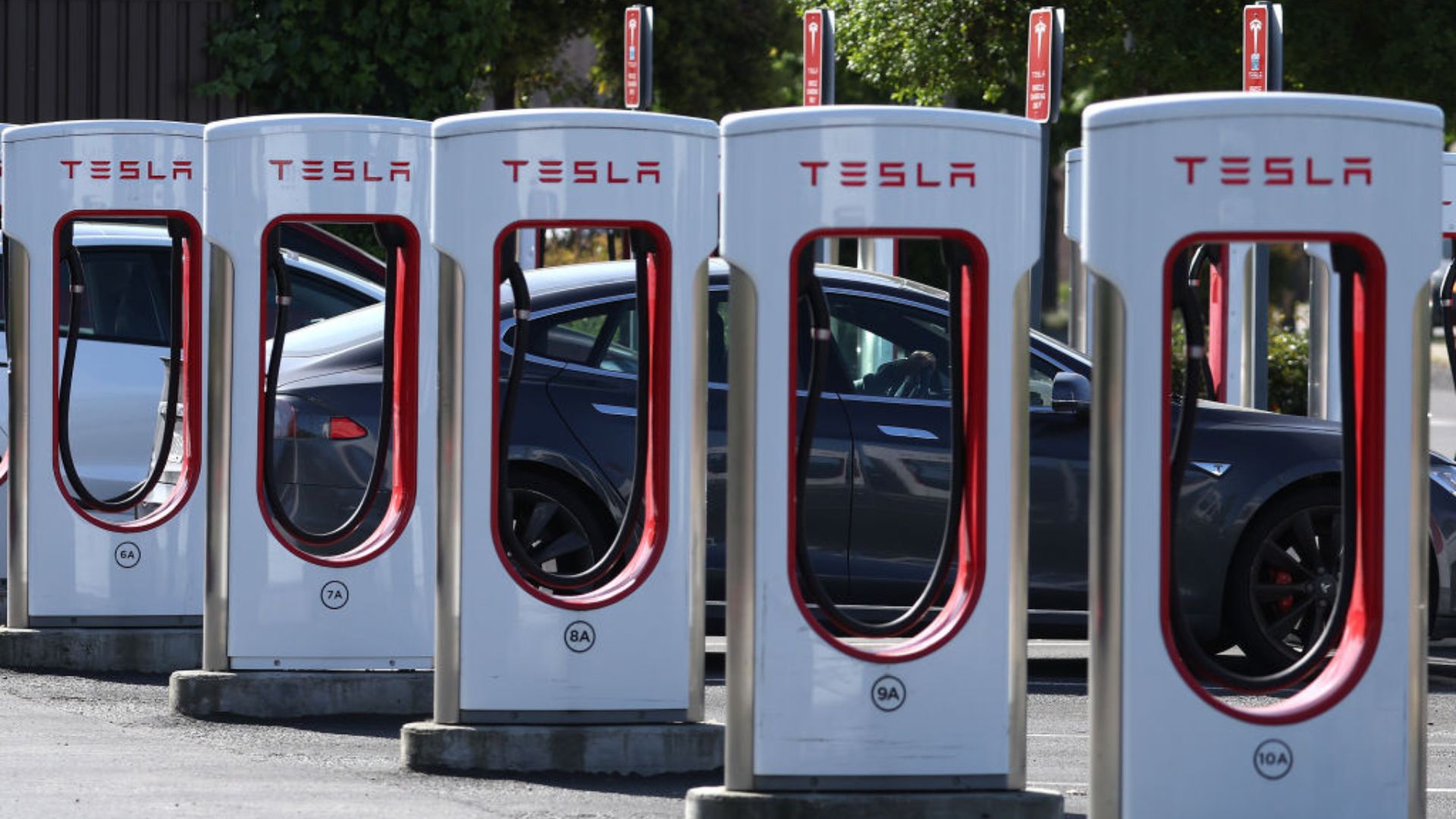
This price tag has been a big hurdle that stops Americans from buying electric cars, which is throwing a wrench in the country’s climate goals. In a recent poll, more Americans don’t want to spend the average price of $55,000 on an eclectic car, which is being seen as a luxury item.
In China, EVs can go from about $10,000 or less, which is why the country has more than a quarter of EVs driving on the road compared to the US’s 8%, according to The Atlantic.
Biden’s Administration and the EPA Heard the Complaints and Made Adjustments
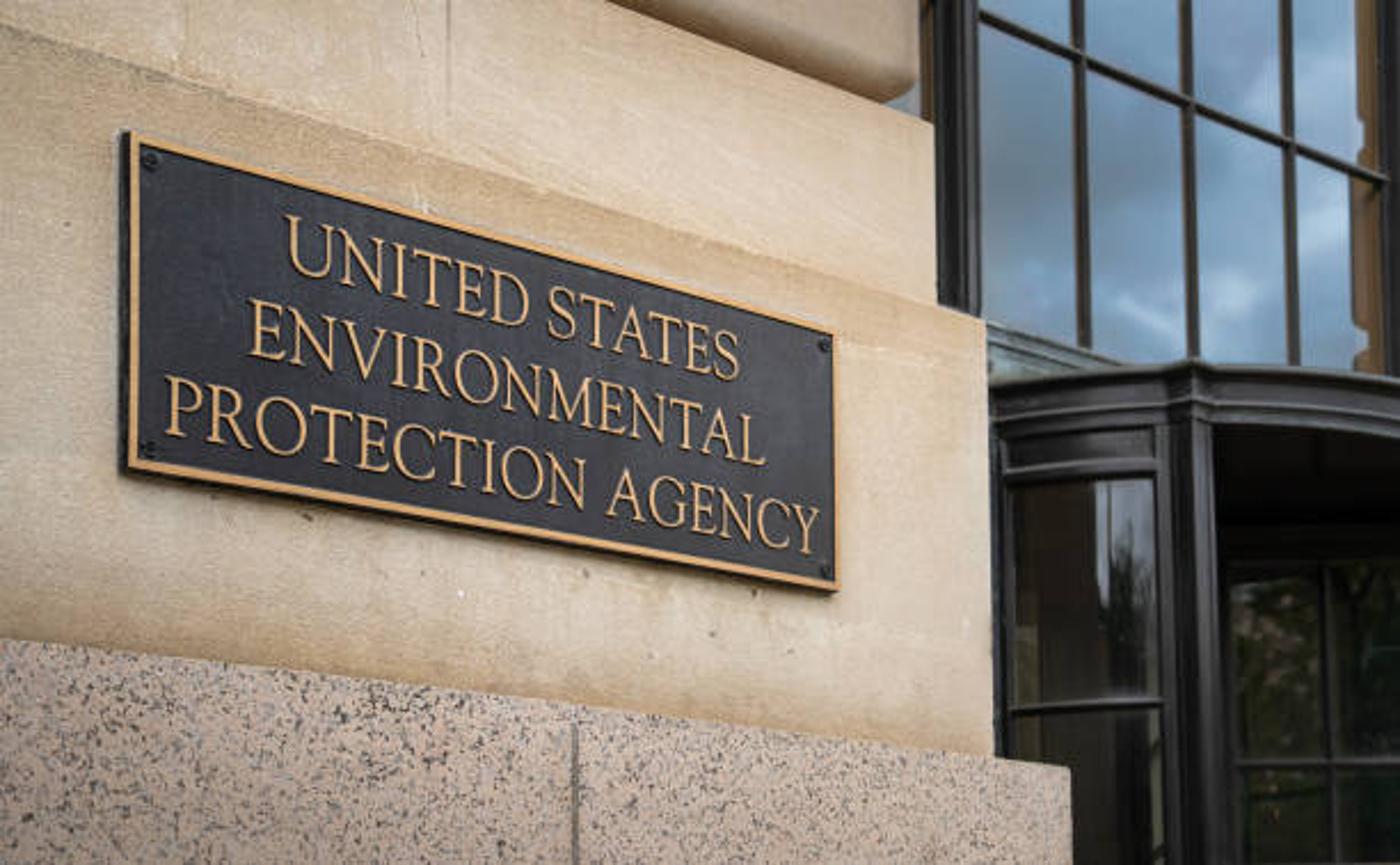
After the original announcement, Biden and the EPA had to reevaluate their EV plan to keep the auto industry and millions of Americans happy. At first, they considered extending the timeline from 2030 to at least 2032, but instead, it seems the Biden administration has gone in a different direction.
Now, it seems that the president simply plans to invest even more money in the auto industry to ensure that there are minimal to no layoffs while the companies transition from gas-powered to electric vehicles.
Biden’s March 2024 EV Announcement

In March 2024, the president announced that his original goal that 50% of all new car sales are electric by 2030 will go ahead as planned. Biden said in a statement, “Three years ago, I set an ambitious target: that half of all new cars and trucks sold in 2030 would be zero-emission.”
He continued, “I brought together American automakers. I brought together American auto workers. Together, we’ve made historic progress. Hundreds of new expanded factories across the country. Hundreds of billions in private investment and thousands of good-paying union jobs. And we’ll meet my goal for 2030 and race forward in the years ahead.”
Presidential Candidate Donald Trump Is Against Biden’s EV Plan
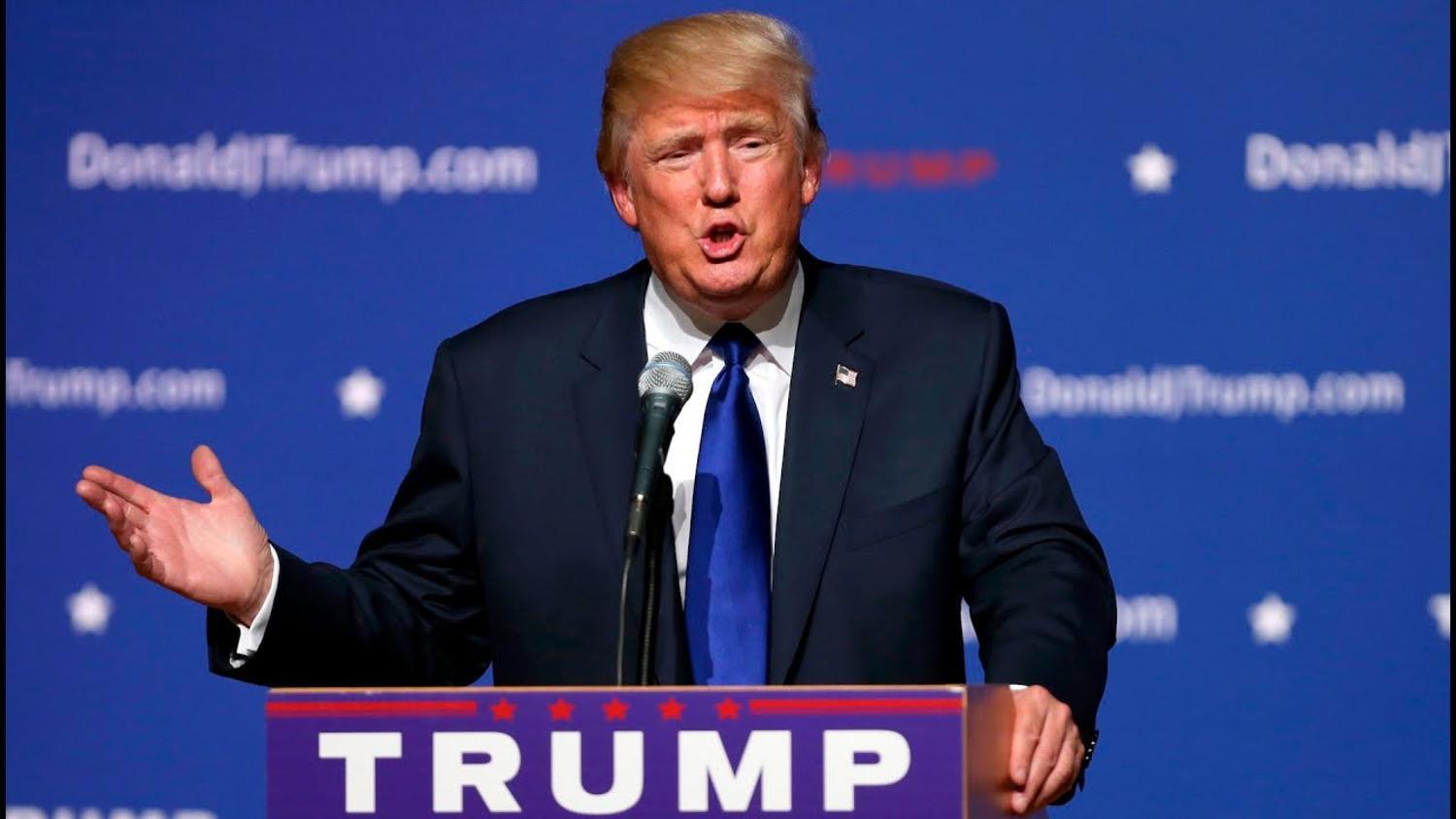
It’s important to note that while it seems as though Biden is going ahead with his plan and has calmed the concerns of the auto industry, it might never happen. The new presidential election is only a few months away, and while Biden is defending the White House against former prescient Donald Trump, he very well may lose.
Trump is famously against Biden’s EV mandate, and he even announced earlier this week that he plans to entirely reverse the policy if he is elected. Therefore, it’s impossible to say for sure whether EVs really are the future of America; it all depends on who wins in November.
Americans Want EVs

Elizabeth Krear, vice president of Electric Vehicle Practice at consumer-intelligence firm J.D. Power tells the BBC that Americans want to buy EVs, but a few issues are stopping them from adopting the green-friendly car.
“We survey over 2,000 new vehicle shoppers to gauge their interest in EVs every single month,” she says. “In October, the percentage of new vehicle shoppers very likely to consider a full-battery electric vehicle reached an all-time high of 29.2%. So, almost one out of every three new-vehicle shoppers are very likely to consider an EV for their next vehicle purchase.”
EV Prices Are Still Too High For Many

With the US interest rates at a two-decade high, the price tag for the avenge American EV is too high, even with a discounted rate and tax credits.
“We looked at 13 years’ worth of electric vehicle prices in the US, and in inflation-adjusted dollars, the average price of an EV is going up, not down,” says Ashley Nunes, a senior research associate at Harvard Law School.
A Year’s Salary for a Car

“The median income for a family of four is somewhere around $70,000. The average electric car in 2022 cost more than $60,000. So, think about that: the near equivalent of what you’re pulling in for the year,” Krear says.
This is why a majority of electric cars are purchased by upper-income individuals. But a majority of the US population isn’t in that privilege range.
Automakers Respond
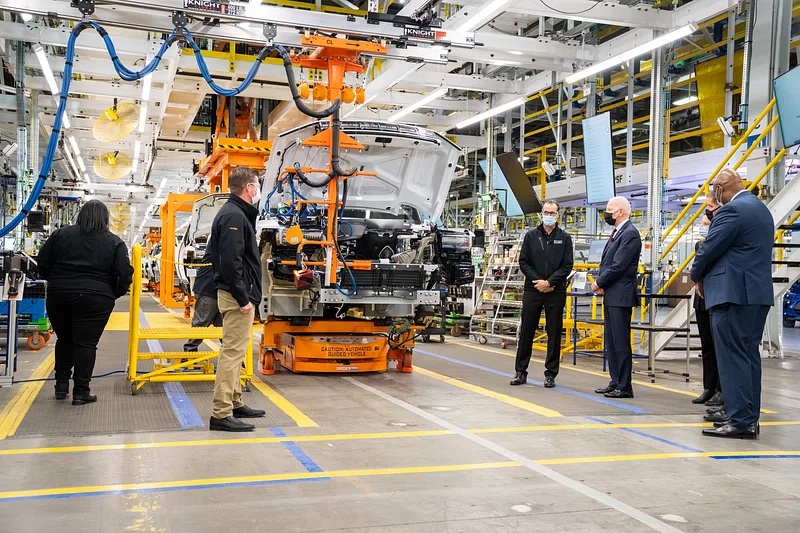
With the sales of EVs falling short despite Biden’s push to only have EVs sold by 2030, automakers have responded by reducing the price of various models. Tesla, which accounts for more than half of EV sales in the US, reduced the price on various models by 17 to 35 percent from 2022.
Others have cut the prices of their EVs hoping to stay competitive with Tesla. Some companies are responding by producing fewer EVs.
The EV Charging Problem
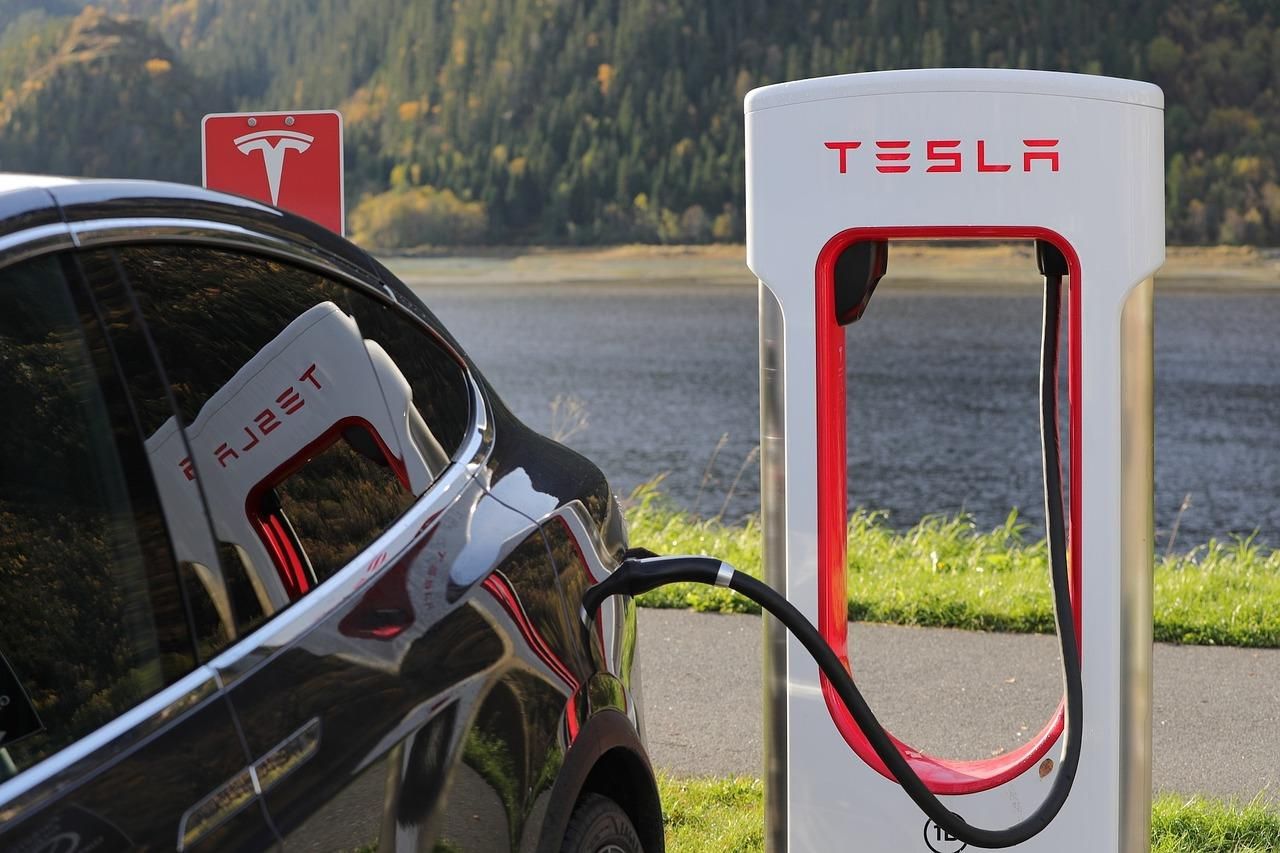
Another issue that has caused some EV hesitation is that many Americans do not have reliable public charging stations. If your refueling light comes on in rural areas during a road trip, not every gas station nearby will have a charging station.
The worst part is that if you do find a charging station, then there is a chance that your charging station might not even work.
The Great Charging Problem
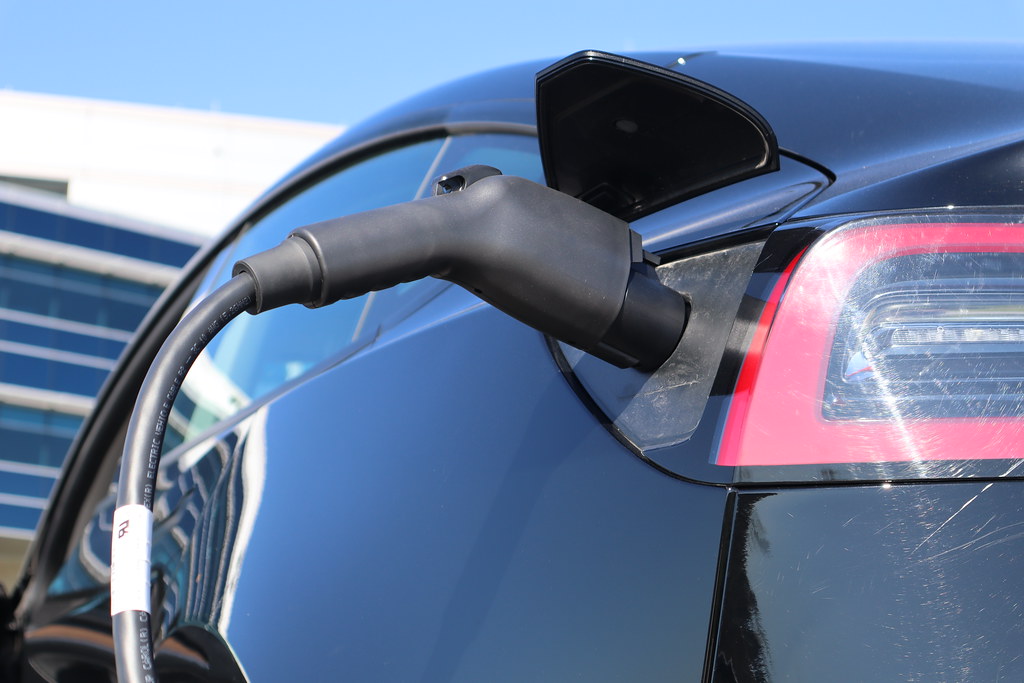
The great charging problem in the US could also be solved by the federal government establishing a budget of $7.5 billion to fund charging network operators in building reliable EV infrastructure.
This could help establish a network of reliability and accessibility that could encourage consumers to finally choose EVs.
The Instability of EV Charging Infrastructure

Open Grid Scheduler/Grid Engine/Flickr
“Imagine if you go to a traditional gas station and two out of 10 times the pumps are out of order,” Asensio said in a post detailing the results of the study.
“I couldn’t even convince my mother to buy an EV recently. Her decision wasn’t about the price. She said charging isn’t convenient enough yet to justify learning an entirely new way of driving.”
One in Five Charging Stations Work
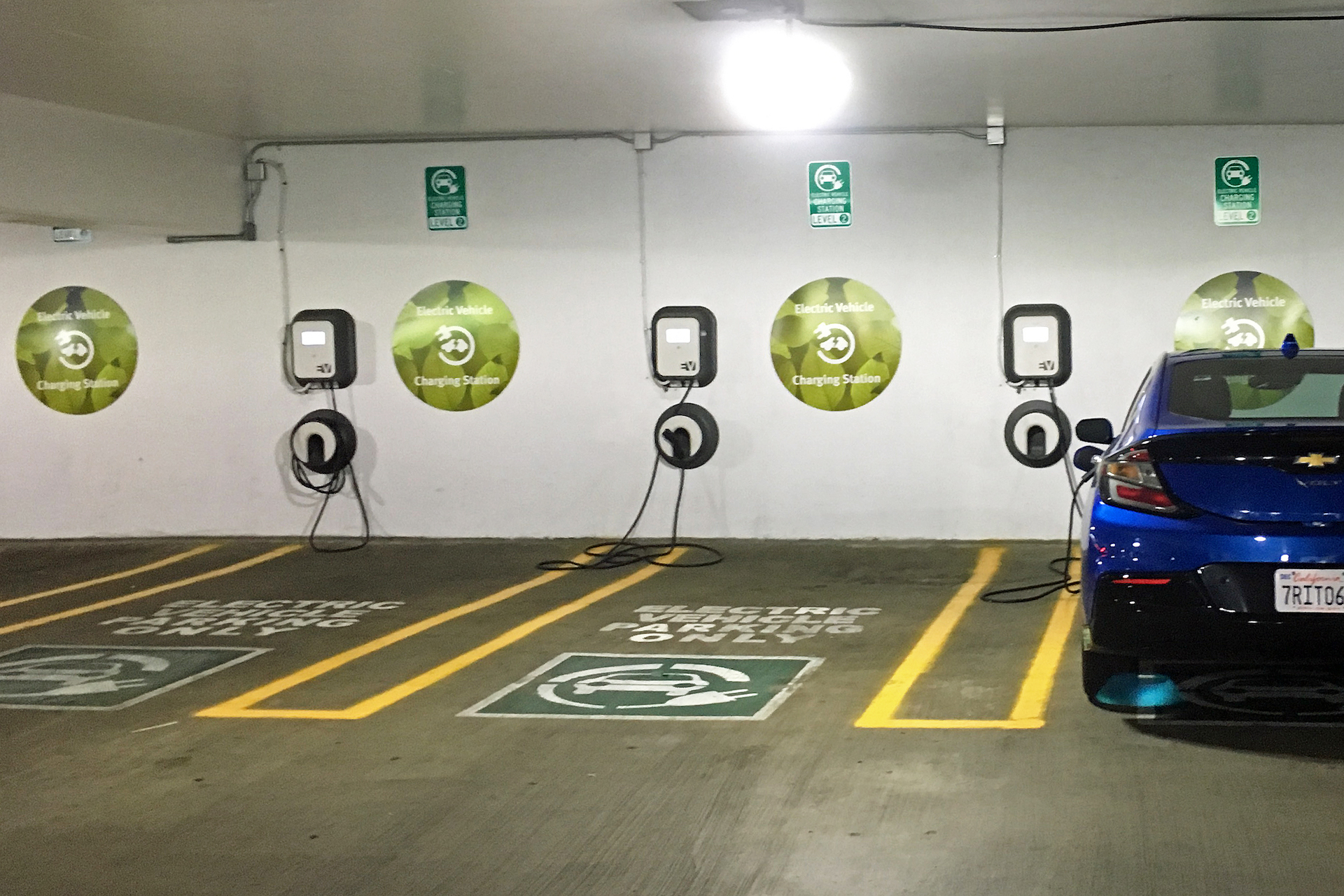
Recent research by the Harvard Business School, which analyzed more than 1 million public EV charging station customer reviews using customized AI models, found that charging stations in the U.S. have an average reliability score of 78%.
This means that one in five chargers in the US do not work on average. This means that EV chargers are much less reliable than gas stations, according to Omar Asensio, a climate fellow at Harvard’s Institute for the Study of Business in Global Society, who led the study.
The Risks of Charging Force People Out

Another fear for some is that charging comes with risk. Some multi-unit apartment buildings do not allow residents to charge EVs in the parking garages as owners without the knowledge of what to do with a broken charger have accidentally caused fires.
Without access to home charging, many people looking to purchase vehicles are not considering EVs as an option.
The Incompatibility of Charging Stations to EVs
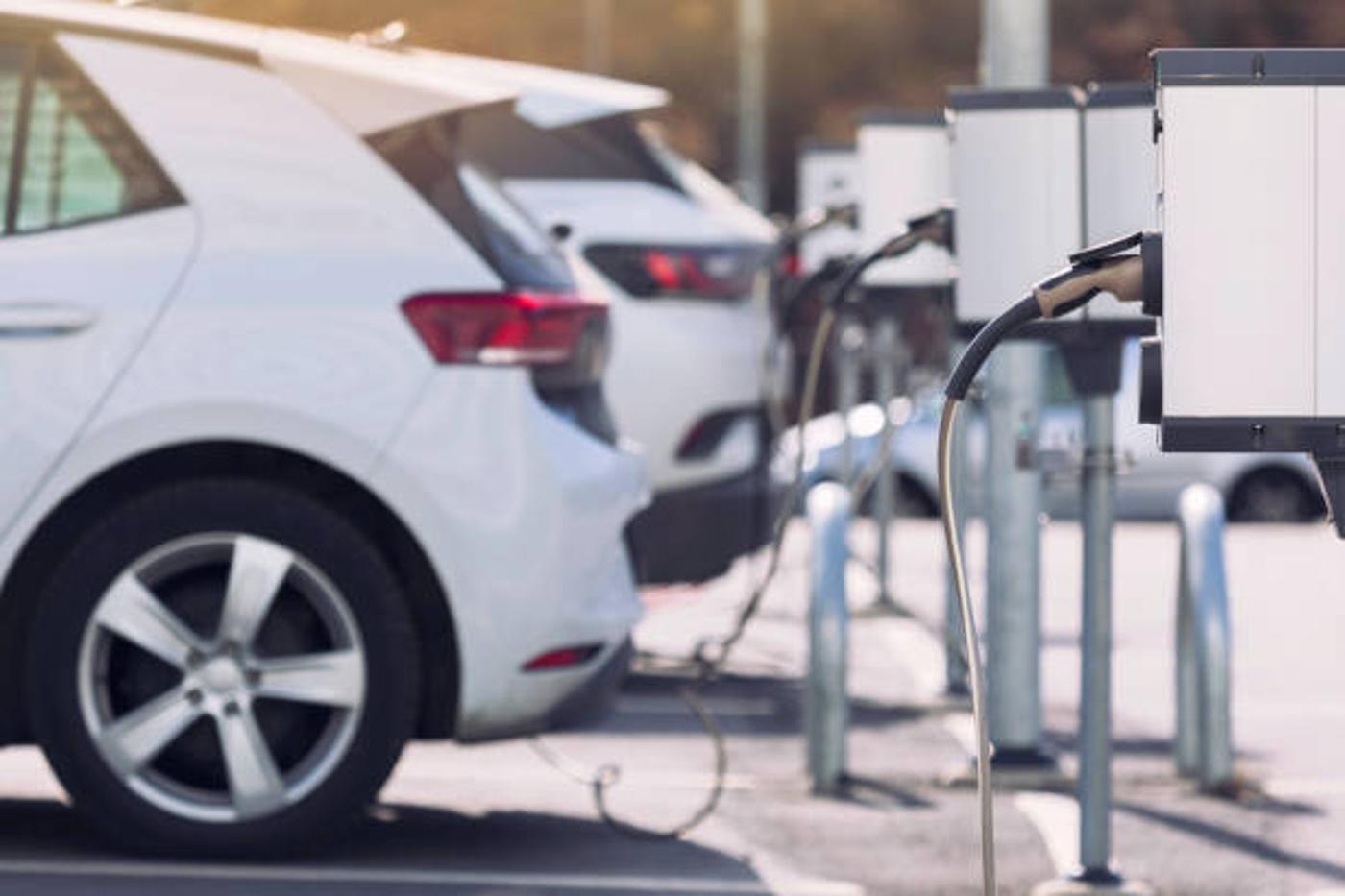
One issue the US could tackle to help solve the charging problem in the US is establishing a standard issue for the charging port. Tesla chargers are specifically designed for Tesla vehicles.
The company is now opening up its connector, renaming it the North American Charging Standard, which will work for every large automaker. New cars equipped with NACS are on their way, but are not likely to roll out until 2026.








































